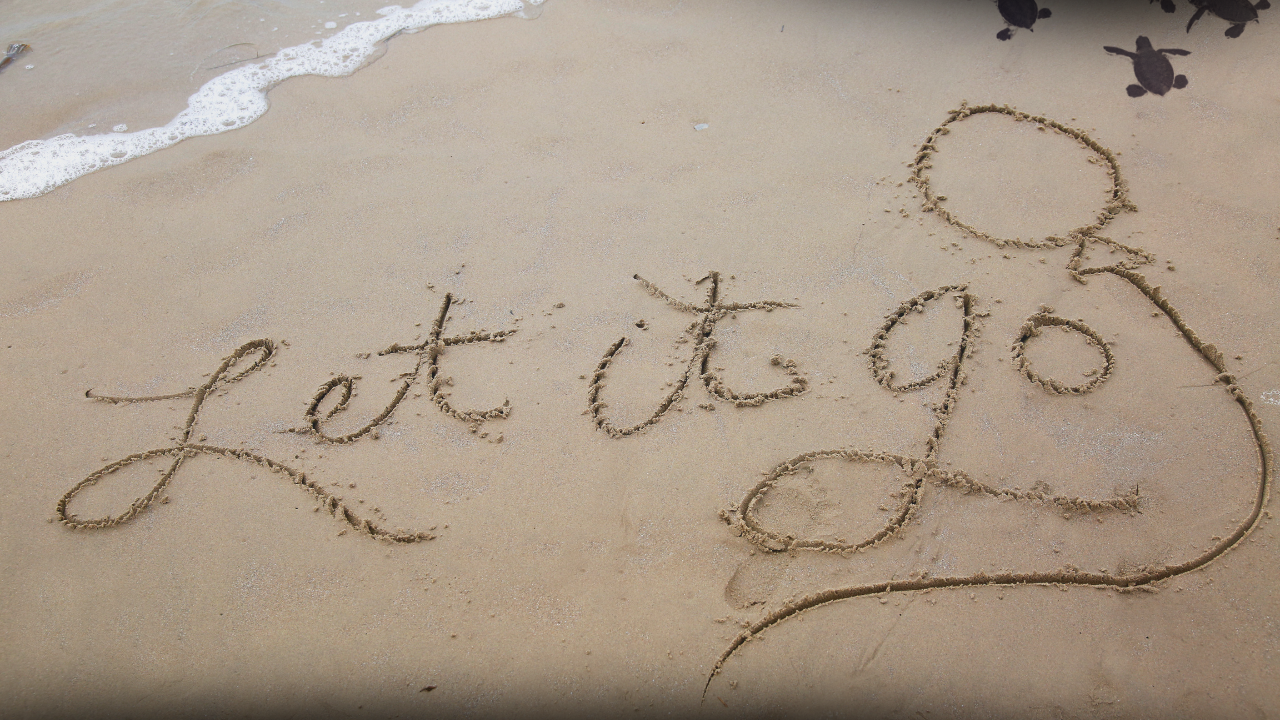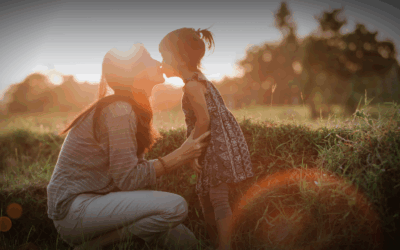Letting go—a concept so deeply ingrained in our experiences, often as a result of pain, suffering, and challenges. The ability to let go is truly an art.
Think about a recent time when you were hurt or in pain. You could argue it was because you couldn’t let go—let go of what someone said, something you said, a thought, an idea, or something else entirely.
I’ve come to realize that much of life is simply the art of letting go.
I often say that words matter, and they do, because words hold a vibration. But let’s focus on the concept of art. What is art?
To me, art is a creative expression—an act of creation. Whether it’s practicing medicine, playing the piano, or drawing on a canvas, art requires energy to flow outward from within.
So, when we speak of letting go as an art, we’re talking about dancing with the idea of release. But how do we define letting go?
Letting go is simply allowing energy to stop being stagnant and flow naturally along the path of least resistance – like opening a Dam.
Let’s bring this all together: the art of letting go is our ability to let energy flow in the direction of least resistance as gracefully as possible. Explaining it this way is itself an art, requiring reflection and words to paint the picture.
Here’s an example to deepen understanding:
Take the common struggle of letting go of a toxic thought. Let’s say Mr. John keeps thinking he’s useless or not good enough, constantly comparing himself to others. This thought loops in his mind, creating tension in his body, draining his energy, and making him feel miserable.
This is holding onto something beyond its natural purpose. When we cling to something for longer than necessary, it becomes stagnant and painful. Like I said, not letting go—or holding onto something beyond its correct direction—causes suffering. That’s your body and mind screaming at you, saying, “Wrong direction!”
Many people mistakenly believe, “I feel like I am _____, therefore I am.”
But that’s not true. The truth is that because we haven’t mastered the art of listening—to our body, our energy, or the flow of life—we unintentionally cause ourselves pain (please don’t beat yourself up for this, a common theme I see people do, it is not your fault if no one showed you the how).
The body, this beautifully crafted machine, is always signaling how to let go. That’s the art too! learning to listen.
Imagine Mr. John recognizing that this thought is hurting him and creating suffering. If he understood the nature of emotions, energy, and the universal laws, he’d see that pain and suffering are simply signals pointing him away from falsehoods. Letting go of the thought—like tossing out the trash or something that no longer brings value into his life—is the path of least resistance. What happens then? A shift, a release, more peace. Calm. Acceptance. And that, right there, is the art of letting go.
Of course, I know this is easier said than done. But any art takes practice. Like paint strokes on a canvas or a baby learning to walk, each attempt teaches us. We learn balance, take one step at a time, and eventually master the art of letting go, just like a baby masters the art of walking and then running.
One day, the art of letting go becomes the art of living in the flow of life.
You might even reach a point where you no longer consciously recognize it’s happening, much like an athlete engaging their muscles without thinking—they’ve done it so often that it happens subconsciously.
Now, not all things are easy or simple, but we can start small and work our way up to the bigger things.
One could even compare grief or grieving to the art of letting go. Grieving is allowing the flow of emotions to move in the direction needed to heal. Naturally, the bigger things we are deeply attached to take more time.
I must add, however, that many people unknowingly avoid this process—by ignoring or pretending. It’s important to note that there is a fundamental prerequisite to letting go authentically: being honest, attuned, and willing to listen to how you feel. The body truly keeps the score, as it serves as the subconscious in physical form, communicating with us.
Here are some steps I reflect on when practicing this art, which I hope might help you, too:
- Recognize the suffering or pain. You can’t change what you don’t acknowledge.
- Identify what you’re attached to or holding onto that’s causing discomfort.
- Discover why it isn’t true. This step takes patience. Listen to your inner dialogue and use your body as a compass. Your body knows—it gives little nudges, saying “yes” when you’re moving in the right direction. But you must be attuned, patient, and willing to listen.
Let’s take it a step further and reframe “letting go” as “surrendering.”
Life is, at its core, a grand experiment in surrender.
Speaking of surrendering, during the recent Thanksgiving holiday, I traveled from Florida to Georgia to visit family. On my way back, I stopped at the Temple of the Universe, a magical space created by Michael Singer, the author of The Untethered Soul and The Surrender Experiment. His work is a testament to the art of letting go and surrendering. If you haven’t read it, I highly recommend it. Here’s a link to the book.
Here’s to a beautiful day and the practice of letting go!






